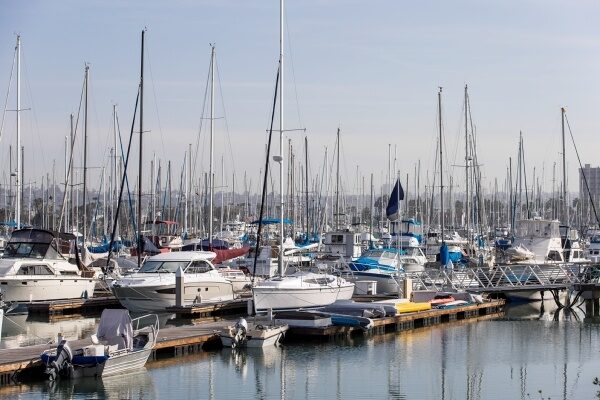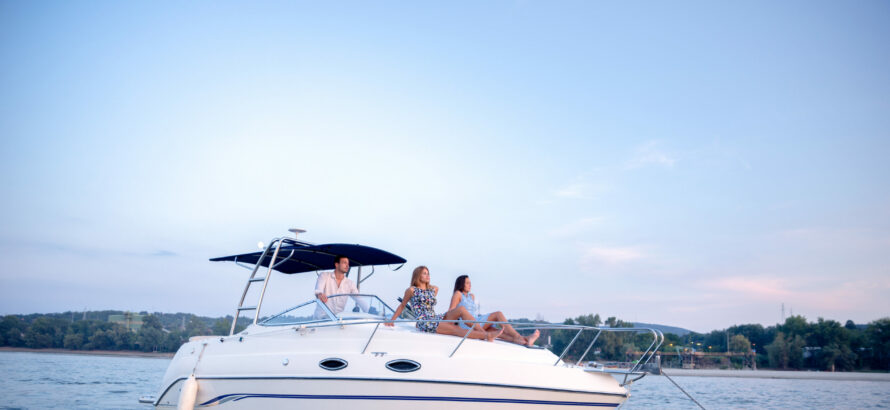
Most boaters quickly pick up the rules of the water – how to pass, navigate, dock and minimize wakes. Not everyone, however, learns how to be courteous and considerate of other boaters.
“Safety is mandatory,” says Scott Croft, vice president of public affairs for the Boat Owners Association of the United States. “Etiquette, unfortunately, is not.”
Understanding the unwritten rules of the water isn’t just about being polite. It helps keep the water safer and less stressful for everyone. Here are six unwritten rules to keep in mind when boating:
Be prepared.
It’s assumed that if you’re captaining a boat, you know the safety rules – how to navigate, pass, anchor and dock safely. If you haven’t taken a boating safety class, check online for your state’s requirements and the courses it accepts. More than 30 states accept online boating safety courses, including free courses offered by the BoatUS Foundation.
Get in and out efficiently.
The vast majority of all boats on the water are brought there on trailers, according to Croft, meaning launch ramps can become patience-trying bottlenecks if boaters aren’t considerate of others.
“From the moment you pull into the parking lot, you should be in the mode of doing this quickly, efficiently and in the minimal amount of time that is possible,” Croft says. Make sure the boat is loaded with everything you need before you put it into the water, so you can launch quickly and clear the ramp for the next person.
The same goes for marinas and restaurants. Don’t tie up in ways that preclude others from docking. If you’re fueling up, don’t dawdle or hold up others waiting their turn. Being aware of others is equally important when you return to the ramp after a day on the water. You’ll want to get out of the water as quickly and efficiently as possible to keep others from waiting.
Educate guests.
Make sure your passengers are familiar with the boat including where things are, where to stand, how to move around safely and what to do if problems arise. If guests aren’t wearing lifejackets, make sure they know where they are. Explain the situations when they’ll need to sit down – when you accelerate or encounter another boat’s wake, for example – and make sure you clearly alert all passengers in time for them to do so.
Educating guests begins even before you get in the water. Remind your friends not to park in spaces reserved for boats and the vehicles towing them and to be considerate of other boaters working to get their boats in our out of the water.
Anchors (far) away.
Whether you’re dropping anchor for a break or the evening, be aware of your distance from other boaters. Changes in tides, wind, and currents can swing boats at anchor in unpredictable ways. Depending on the length of the anchor line, boats can shift far from where they dropped anchor.
Lend a hand.
Not all boaters are old salts, so if you see someone struggling to dock or get their boat on the trailer, offer to help. “More often than not, people who need help will say yes,” Croft says.
Wave.
Regardless of the size of the boat, greet nearby vessels with a wave. Along with offering other boaters a friendly greeting, doing so sends a signal that you’re aware of their presence. “When someone waves to me, I know they know where I am and what my course is,” Croft says. “We’re all sharing the water, and it keeps the stress to a minimum level. It also makes everyone feel happy.”
Knowing boating etiquette isn’t the only thing you need to know to avoid a boating accident. Check out these 4 must-know boating safety tips.



